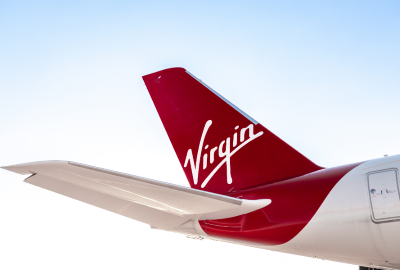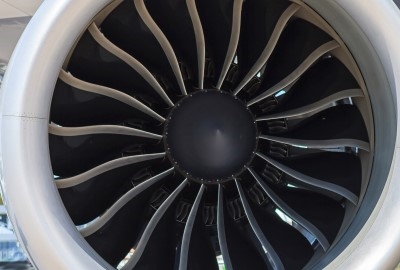IATA: progress is made towards Net Zero
Global aviation is making progress on its journey towards net zero carbon emissions by 2050. This is the conclusion that IATA draws in its recent update on global aviation's journey towards decarbonization.

IATA mentions several important advancements. Firstly, there is a strong focus among airlines on Sustainable Aviation Fuel (SAF) Development. The global aviation community is increasingly concentrating its efforts on the development of sustainable aviation fuel (SAF) to achieve net zero emissions by 2050. This signifies a shift towards cleaner energy sources in aviation.
Also, aviation is making significant strides in advancing the SAF supply chain. This includes agreements for SAF supply and partnerships to develop electrofuels, indicating a commitment from industry leaders to support sustainable practices.
Diversification of SAF production methods
Various initiatives across regions such as Asia, Europe, and North America highlight the diversification of SAF production methods, including biofuels and advanced e-SAF made from CO2 and renewable energy. This diversification enhances the availability and accessibility of SAF, crucial for widespread adoption.
Besides SAF, the aviation industry is exploring new technologies like hydrogen fuel cells and ethanol production facilities to advance sustainability. Initiatives such as powering a fuel cell powertrain with liquid hydrogen and investigating the feasibility of a hydrogen infrastructure at airports demonstrate a commitment to exploring innovative solutions.
IATA states in its update that collaboration between airlines, energy companies, and government initiatives is essential for driving progress towards decarbonization. Partnerships and investments in SAF production facilities and technology development indicate a collective effort to address climate change and reduce carbon emissions in aviation.


